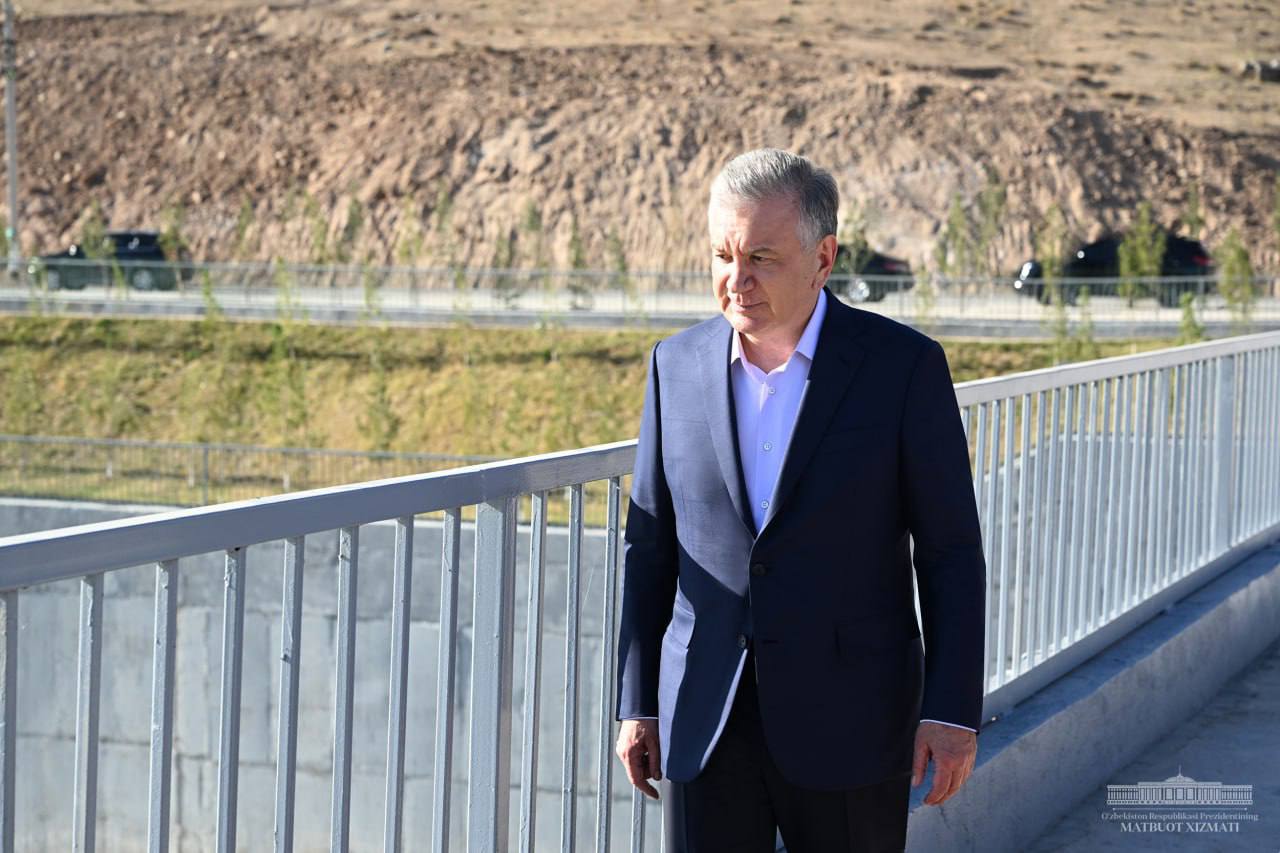On November 16, President Shavkat Mirziyoyev visited the Tupalang hydropower plant in Surkhandarya and saw the modernisation of the plant.
Uzbekistan is growing both economically and demographically, and its need for energy resources is increasing every year. The country is making use of all energy sources. Particular attention is being paid to the development of hydroelectric power. In recent years, 19 new hydropower plants have been built and 13 existing ones have been modernised.
The most important of these is the Tupalang hydropower plant. When it was commissioned in 2006, the plant had only two generating units with a total capacity of 30 megawatts.
The Uzbek President visited the plant in April 2019 and ordered the construction of two more hydropower units. First, the height of the dam was raised by another 20 metres. This increased the capacity from 380 million to 500 million cubic metres. The construction and installation work was carried out using modern technology, and two units with a total capacity of 145 megawatts were installed.
This brought the total capacity of the Tupalang HPP to 175 megawatts, making it the second largest in the country after the Charvak HPP.
The plant was able to generate an additional 467 million kilowatt hours of electricity per year. The power supply to around 167,000 households has been improved. This is equivalent to an annual saving of 107 million cubic metres of natural gas.
During the President’s visit to Surkhandarya in March this year, the project to further modernize the Tupalang HPP was completed and commissioned. Today, the Head of State saw the operation of the upgraded power plant.
Measures to increase the hydropower potential of the Tupalang River were also presented. A total of 20 promising projects have been identified for the construction of power plants on the upper reaches of the river. Their total capacity is expected to be 264 megawatts.
The Head of State noted the importance of expanding this work and building micro-hydropower plants on every river and in every makhalla where such a possibility exists.
Information was also presented on the prospects of coal production in Surkhandarya. It was noted that 82 million tonnes of coal reserves have been discovered in the region. Today, 541 thousand tonnes are extracted. The need to increase production to 2 million tonnes and to train specialists was emphasized.
